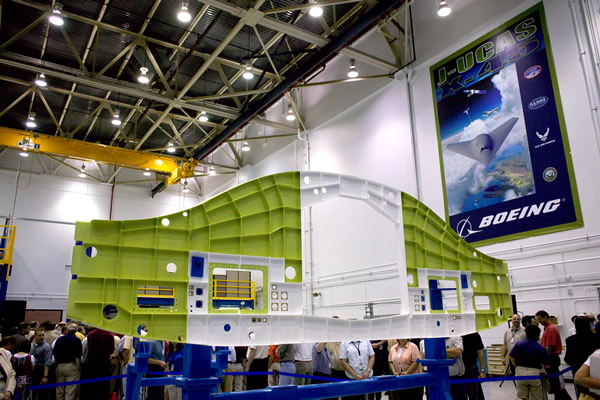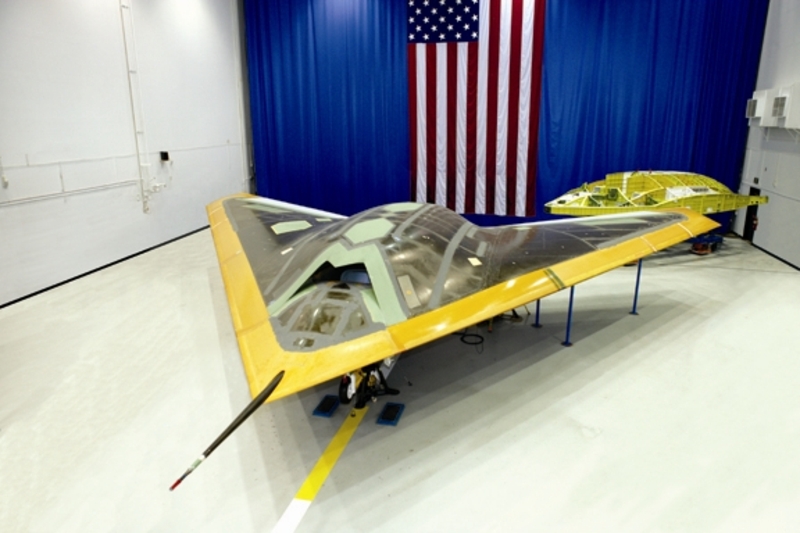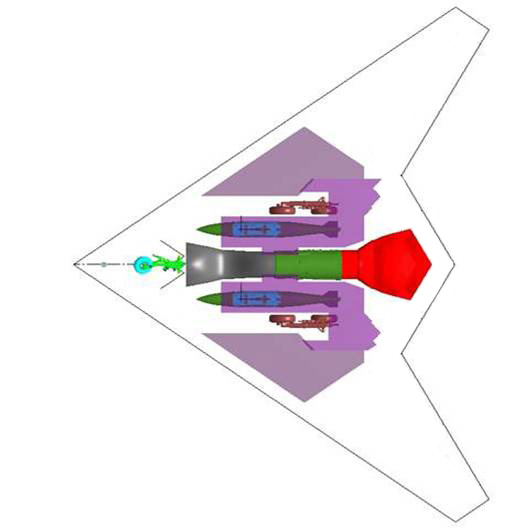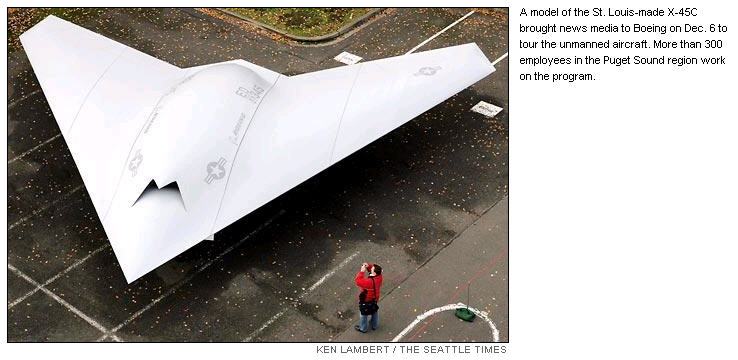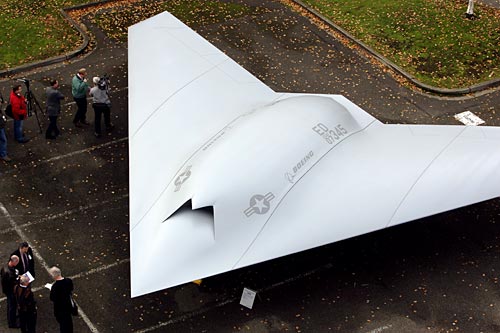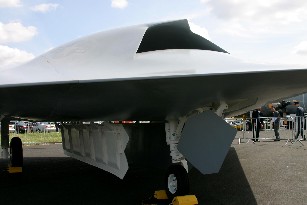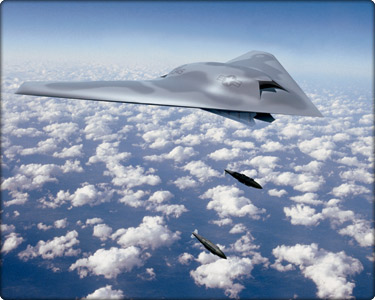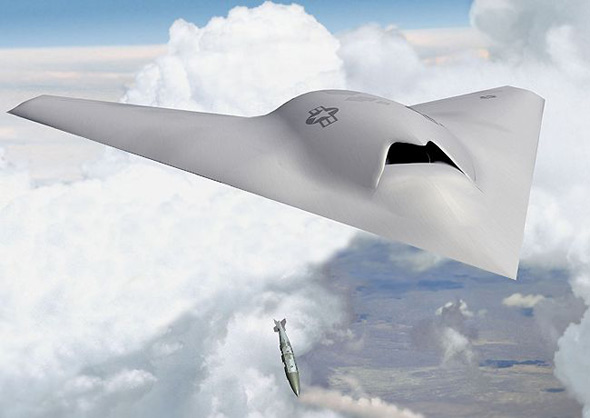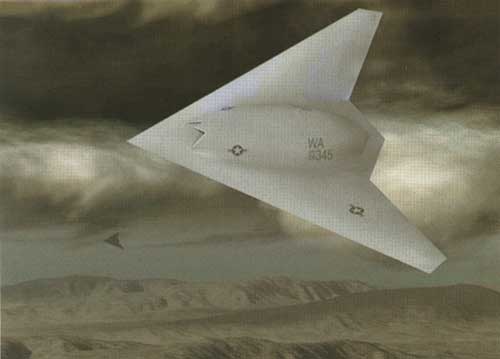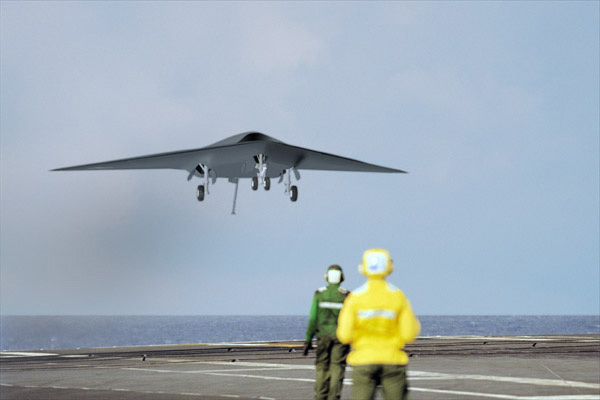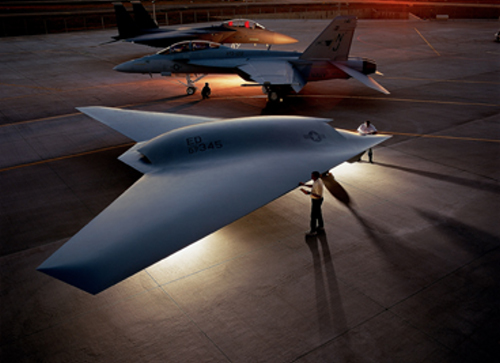|
Black Triangles |
||||||||
|
Boeing Corporation ..
...
...
...
...
...
... |
||||||||
|
..
|
||||||||
|
..
Defensetech.org June 19, 2008 11:52 AM As you all well know I've been very passionate about the promise of unmanned aerial vehicles -- especially combat drones that can execute long-range strike missions and even dogfight. My good friends Tom Ehrhard and Bob Work at the Center for Strategic and Budgetary Assessments put together an exhaustive report making the case for naval UCAVs. Tom, a former Air Force colonel and one of those guys that was almost too smart for the service's own good, has done a lot of work and research on the promise of UAVs in a service that views them with suspicion. Bob Work, a former Marine officer, has been wading through the weeds of US naval power and strategy for years and understands the art of the possible in a service steeped with tradition and resistant -- sometimes -- to change. The long and the short of it is that both analysts believe that the Navy must invest in naval UCAV as a growing part of its long-range strike capability. The logic supporting accelerated development of a longer-range, carrier-based UCAS is straight-forward. Using manned aircraft, current carrier air wings are best suited for striking targets at ranges between 200 and 450 nautical miles (nm) from their carriers. At the same time, due primarily to the limits of aircrew endurance, these aircraft lack persistence. That is to say, they are generally limited to missions no more than ten hours long, and they more typically fly missions that last only a few hours. Therefore, US carrier air wings can maintain a persistent 24-hour-a-day presence over the battlefield only by massing several carriers. However, emerging national security challenges— including defending the homeland in depth, defeating global terrorist networks, operating in a world with more nuclear-armed regional powers, and hedging against the appearance of new anti-access/area-denial networks—will likely require future carrier task forces to stand off and fight from far greater distances than in the past, and to maintain a far more persistent presence over future battlefields. Moreover, when under constant threat of guided weapons attack, carriers will need to operate dispersed and mass their aircraft over targets from widely distributed operating areas. Under these circumstances, a carrier-based UCAS with an unrefueled combat radius of 1,500 nm or more and unconstrained by pilot physiology offers a significant boost in carrier combat capability. Indeed, with aerial refueling, a UCAS would be able
to stay airborne for 50 to 100 hours—five to ten times longer than a manned
aircraft. With multiple aerial refuelings, a UCAS could establish persistent
surveillance- strike combat air patrols at ranges well beyond 3,000 nm,
and could strike fixed targets at even longer ranges. Such extended reach
and persistence would allow a dispersed aircraft carrier force to exert
combat power over an enormous area.
..
Despite these welcome steps, the current demonstration and technology maturation programs for carrier-based unmanned aircraft are far less ambitious that earlier Navy plans. Indeed, the Navy’s conservative approach toward N-UCAS suggests that the carrier community is reticent to fully embrace the new system. This reticence Distances in the Pacific is perhaps understandable. The carrier flight deck is arguably one of the most dangerous workplaces in the world, and the job of spotting, fueling, arming, launching, and recovering aircraft is a complex process requiring close teamwork and timing. As a result, many carrier aviators remain highly skeptical that unmanned air systems can be safely integrated into carrier operations, and insist that they “earn their way” aboard the ship. To many Navy carrier aviators, a simple naval UCAS demonstration focused on carrier flight deck and flight operations, followed by a slower, more deliberate development of unmanned air combat systems, is the prudent, safe way to go. And as Tom and Bob point out, there's a strange historical inconsistancy here: This rather timid, less-than-certain development approach stands in stark contrast to the period between the two World Wars, when the Navy aggressively worked to integrate aircraft into naval operations. At that time, the prevailing attitude seemed to be to prove why aircraft should not be taken to sea and incorporated into fleet operations. There was never any doubt in the minds of naval officers that aircraft would improve fleet operations in important ways. But, for some reason, the Navy is tepid on this situation...and while the CSBA guys can't say it, the Navy may be kicking the can down the road even further in the future budget planning. The program fared much better in the FY 2008 budget cycle, with both the Senate and House endorsing full funding of the Navy’s UCASD request. However, given the other competing requirements facing Navy planners, how hard will carrier aviators fight for the UCAS-D program in the future if DoN aviation budgets are less than expected, or if they are faced with a choice of funding either the UCAS-D or another competing priority? If history is any guide, given the inattention to and lack of interest in unmanned systems within the carrier aviation community, the answer to this question is not likely to be encouraging. This seems especially true given that the newly published Naval Aviation Plan 2030 folds the N-UCAS program into a sixth-generation strikefighter (F/A-XX) program, and slips this new program even further into the future (around 2025). Moreover, with “manned/unmanned decision points” built into the new F/A-XX program, it is not even certain that an unmanned air combat system will survive. This may make it easier to shift funds from the UCAS-D program in the face of sharp budget pressures over the next several years. -- Christian
|
||||||||
| FAIR USE NOTICE: This page contains copyrighted material the use of which has not been specifically authorized by the copyright owner. Pegasus Research Consortium distributes this material without profit to those who have expressed a prior interest in receiving the included information for research and educational purposes. We believe this constitutes a fair use of any such copyrighted material as provided for in 17 U.S.C § 107. If you wish to use copyrighted material from this site for purposes of your own that go beyond fair use, you must obtain permission from the copyright owner. | ||||||||
|
|



